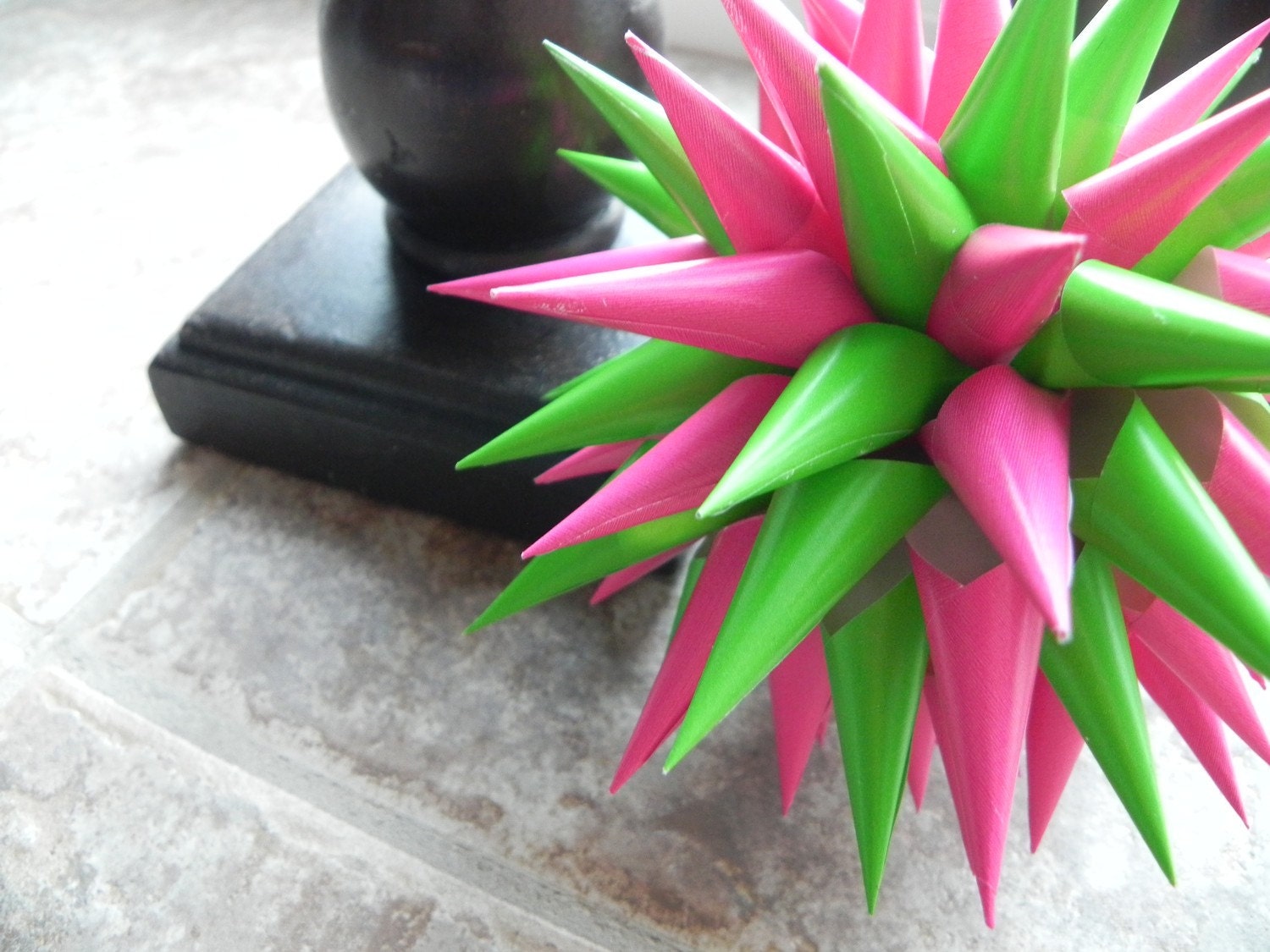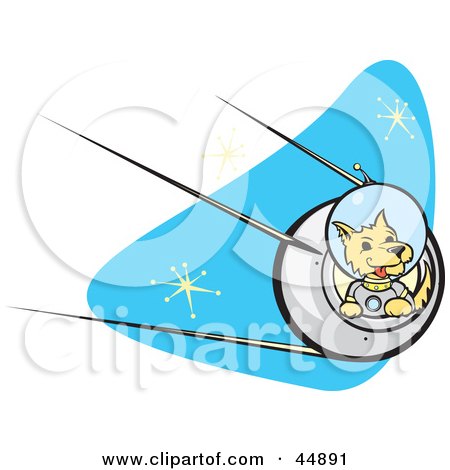Wednesday, February 29, 2012
How to Rule out your Guidelines
Please review the information presented yesterday before starting your assignment today.
Thanks.
Linoleum Printing





Here's a great video about linoleum printing. http://www.blogger.com/img/blank.gif
Today I want you to start planning what you want to make for your linoleum project. PS: You can customize what color you print.
White-out or Black-out

For this assignment, you'll only use word bubbles to create a short story. You won't show any background or characters. Please create a comic that has 6 panels or less. The gutters need to be even all around. You need to rule out your guidelines on all of the text boxes. All pencil lines need to be erased completely.
Monday, February 27, 2012
Color Bursts due on Wednesday

Students have been reviewing primary, secondary and intermediate colors this week and then painting them onto circles. Today we start cutting them out and making them into 3D star color bursts. The directions are here.
Thursday, February 16, 2012
T-shirt Design








Bring in your t-shirts! It's your turn to design what you want to be on your shirt! Got school spirit? Put it on your shirt. Into music? Put it on your shirt. Want to tell a knock-knock joke? Put it on your shirt. The possibilities are endless. You need to have both a picture and words!
Here is a video that shows the process a little more elaborately.
Color Mixing
Check out this video!
Work with the people in your group to create the 12 colors in the color wheel. Put the colors in order to get your points. Have fun!
Work with the people in your group to create the 12 colors in the color wheel. Put the colors in order to get your points. Have fun!
Jack and Jill
Today you will work on thumbnail sketches for a comic strip telling the nursery rhyme of Jack and Jill. You must tell the story in 9 panels exactly. You must use and label all 7 of the transitions. It must be inked. Due next Thursday.
Wednesday, February 15, 2012
7 common Transitions
Today you will take notes on the 7 common transitions in comics
moment to moment: one panel has someone walking, the next panel is the very next step in the walk sequence. Very slow motion
action to action: one panel has someone walking, the next panel shows that same person tripping
subject to subject: one panel shows someone tripping, the next panel shows a different person laughing
scene to scene: someone tripping, then the ambulance zooming away
aspect to aspect: close-up of a broken foot, someone in the waiting room crying
symbolic: a picture of a brain in one panel, a picture of a fried egg. (this is your brain, this is your brain on drugs)
non-sequitor: makes no sense. Just meant to be weird comedy.

Today you'll cut up the comic's section in the paper to make 3 new comic strips. Each strip must be at least 3 panels long. Please create at least 3 of the 7 transitions. The above strip shows an ACTION TO ACTION transition.
moment to moment: one panel has someone walking, the next panel is the very next step in the walk sequence. Very slow motion
action to action: one panel has someone walking, the next panel shows that same person tripping
subject to subject: one panel shows someone tripping, the next panel shows a different person laughing
scene to scene: someone tripping, then the ambulance zooming away
aspect to aspect: close-up of a broken foot, someone in the waiting room crying
symbolic: a picture of a brain in one panel, a picture of a fried egg. (this is your brain, this is your brain on drugs)
non-sequitor: makes no sense. Just meant to be weird comedy.

Today you'll cut up the comic's section in the paper to make 3 new comic strips. Each strip must be at least 3 panels long. Please create at least 3 of the 7 transitions. The above strip shows an ACTION TO ACTION transition.
Tuesday, February 14, 2012
Inking Inspiration

You always hear me talk about varying the width of your lines to create interest. I think this is an inspiring example that mixes up inking techniques in a very positive way. Is there anything in this example that you could incorporate into your art work?
Monday and Tuesday: working on inking with a brush
Wednesday, February 8, 2012
The Wrong Planet

Today I'll give you a number (1-5), and you'll draw 5 panels for one of these scenarios.
1. An astronaut launches his rocket...
2. lands on the moon...
3. and plants a flag.
4. He returns home to much fanfare...
5. but then realizes he has gone to the wrong planet.
Next, you'll get together with some people around you and put together a 25 panel comic.
Abstract time line

Helen Frankenthaler, Mountains and Sea. 1952. Abstract Expressionism. The painters who came to be called "Abstract Expressionists" shared a similarity of outlook rather than of style-- an outlook characterized by a spirit of revolt and a belief in freedom of expression, and freedom from realism.
For the next week (or so) students will be creating a time line of their lives that will use abstract symbols to represent their 10 most important life events. The finished work will be 2 x 28 inches long and will use ink, colored pencils, glue, collage, paint and anything else we can find around here.
Objectives:
utilizing life experiences as subject matter
communicating in an abstract way
A thumbprint of your Senior Year
Monday, February 6, 2012
Dinosaur comics

We talked about Dinosaur Comics in class and today you'll get you're own blank copy to add text to. Think about thought bubbles, word bubbles, and narration boxes. Bonus points for adding emanata.
***When you're done, please work on finishing your one-panel captioned piece. It DOES need to be inked.
The Apple...


Here are some really clear examples of the Cause and Effect Drawing we did last week. What makes these interesting or successful to you?
 Today we'll talk a bit about this apple. If you draw one, and write apple next to it, you'll just be labelling it. This isn't something we want to do in comics. But, if you write words like New York, or temptation, or Dr. repellent next to it, you will create a relationship between the word and the picture. This is something WE DO want to do in comics. This relationship doesn't have to be funny though. It could be dramatic, absurd, polital, etc...
Today we'll talk a bit about this apple. If you draw one, and write apple next to it, you'll just be labelling it. This isn't something we want to do in comics. But, if you write words like New York, or temptation, or Dr. repellent next to it, you will create a relationship between the word and the picture. This is something WE DO want to do in comics. This relationship doesn't have to be funny though. It could be dramatic, absurd, polital, etc... Here are two captions for this Wells Fargo caption contest:
 "Fashion Rule #13: Carrying a big credit card makes your rear end appear smaller. "–Lady Anon
"Fashion Rule #13: Carrying a big credit card makes your rear end appear smaller. "–Lady Anon
 "Fashion Rule #13: Carrying a big credit card makes your rear end appear smaller. "–Lady Anon
"Fashion Rule #13: Carrying a big credit card makes your rear end appear smaller. "–Lady Anon "Early prototype, just prior to the invention of the wallet." –Chris S. Ervi

Activity I: Find one of your drawings from class. Cut it out and paste it in your sketchbook. Make as many different captions as you can for your work. Think in terms of creating a relationship between the words and the picture.

Activity II: On a new sketchbook page, do a small thumbnail sketch of a drawing with a caption. Once you've decided on a sketch, enlarge it to approx. 5 x 7 size and draw a frame around it. Write at lease 3 captions and choose the funniest one. Ink it.

Birdhouse
Wednesday, February 1, 2012
Cause and Effect Drawing
Yesterday we focused on a single action taking place. Today we'll focus on cause and effect in one panel.
Please take one page in your sketchbook to create these 3 panels (use a ruler to make even panels):
#1: A ball crashes through a window into a kitchen and rips through the newspaper of a person sitting in the room. The person reacts to the window breaking. Optional: a dog catches the ball in midair after it comes through the newspaper.
#2 Person 1 trips Person 2. Person 1 is laughing, person 2 is trying to catch him or herself and is knocking over a lamp.
#3 Two guys are fighting. Guy 1 throws a rock at guy 2. Guy 2 is hit by the rock, which makes him accidentally shoot his gun into the air. The bullet hits and breaks a chain holding up a heavy lamp over guy 1's head.
Here are some examples.
Please take one page in your sketchbook to create these 3 panels (use a ruler to make even panels):
#1: A ball crashes through a window into a kitchen and rips through the newspaper of a person sitting in the room. The person reacts to the window breaking. Optional: a dog catches the ball in midair after it comes through the newspaper.
#2 Person 1 trips Person 2. Person 1 is laughing, person 2 is trying to catch him or herself and is knocking over a lamp.
#3 Two guys are fighting. Guy 1 throws a rock at guy 2. Guy 2 is hit by the rock, which makes him accidentally shoot his gun into the air. The bullet hits and breaks a chain holding up a heavy lamp over guy 1's head.
Here are some examples.
Subscribe to:
Comments (Atom)



